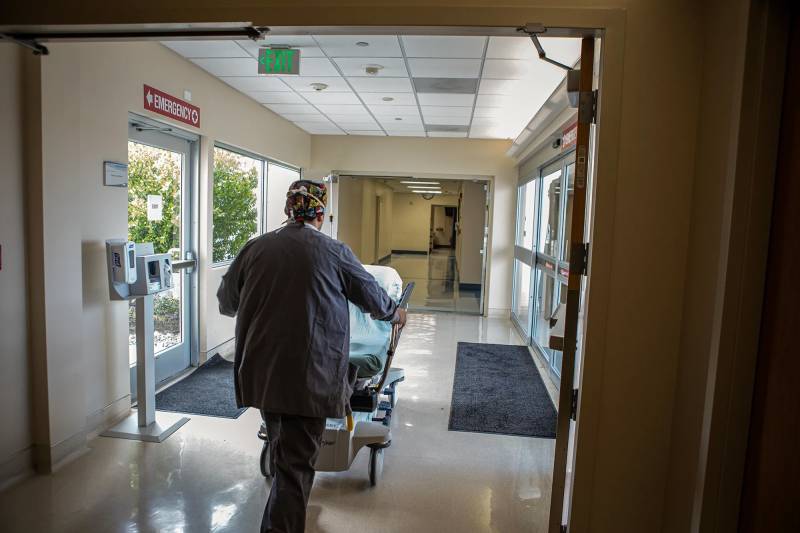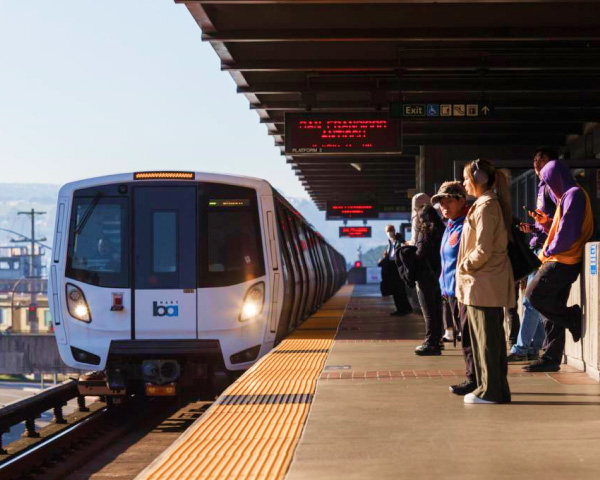Initially created by the Legislature in 2022, the Golden State Pathways Program was supposed to roll out the following year, with schools applying for grants and the state Education Department announcing winners in January 2024.
But in spring 2023, a brewing state budget deficit led some legislators to propose delaying the program and sending the money elsewhere. After protests from school districts and career education advocates, the program survived — then faced more delays when the state pushed back the application deadline.
In May, the Education Department announced that 302 school districts won grant money, but according to reporting by EdSource, some of those grants were for far different amounts than what the schools had applied for.
In July, the state abruptly revoked the entire roster of grant recipients, saying it needed to review the applications again, given that school districts had flooded it with appeals.
“The California Department of Education takes Golden State Pathways, as well as all of California’s investments in workforce-ready educational opportunities, very seriously, and we are committed to ensuring that these funds get to local educational agencies as quickly as possible. We recognize the impact that this (delay) has had on districts, and every effort is underway to ensure that funds are distributed as swiftly as possible,” Elizabeth Sanders, spokesperson for the Education Department, said in an email this week, adding that the agency is working to “ensure that all communication moving forward is clear, responsive, and collaborative.”
School districts and career education advocates were irate. The delay meant they could not move forward with plans for this fall, even though many had already committed to programs. In early September, a group of 20 school districts and nonprofits wrote an urgent letter to state officials, including Gov. Gavin Newsom, imploring them to speed up the process.
“We respectfully ask that you do everything in your power to get promised Golden State Pathways grant dollars flowing, sent, and received to the hundreds of local education agencies that have planned, staffed and set expectations for this funding across California communities,” they wrote. “Time is of the essence for the communities that depend on them.”
The delays were especially painful for districts that have been scrambling to help students recover from the COVID-19 pandemic. Since campuses reopened, they’ve grappled with high levels of chronic absenteeism, lackluster test scores and an uptick in student misbehavior. Many students, meanwhile, have struggled with high levels of anxiety and depression.
Career pathways have offered some hope. Students who participate in them tend to have higher graduation rates, higher rates of college enrollment and higher earnings later in life, according to research compiled by Policy Analysis for California Education, a nonprofit think tank.
By improving career paths for students, the state also hopes to spur its own economy by providing skilled workers for growing industries such as health care, technology and climate-related fields.
Students missing out
However, the delays and uncertainty have forced schools and organizations to freeze hiring and planning.
“We’re in a holding pattern and the school year has already begun. We’re missing an opportunity to reach more students and help more school districts with their goals,” said Kirk Anne Taylor, executive director of Climate Action Pathways for Schools, a nonprofit that provides paid internships for high school students to work on environmental projects in their schools and communities.

